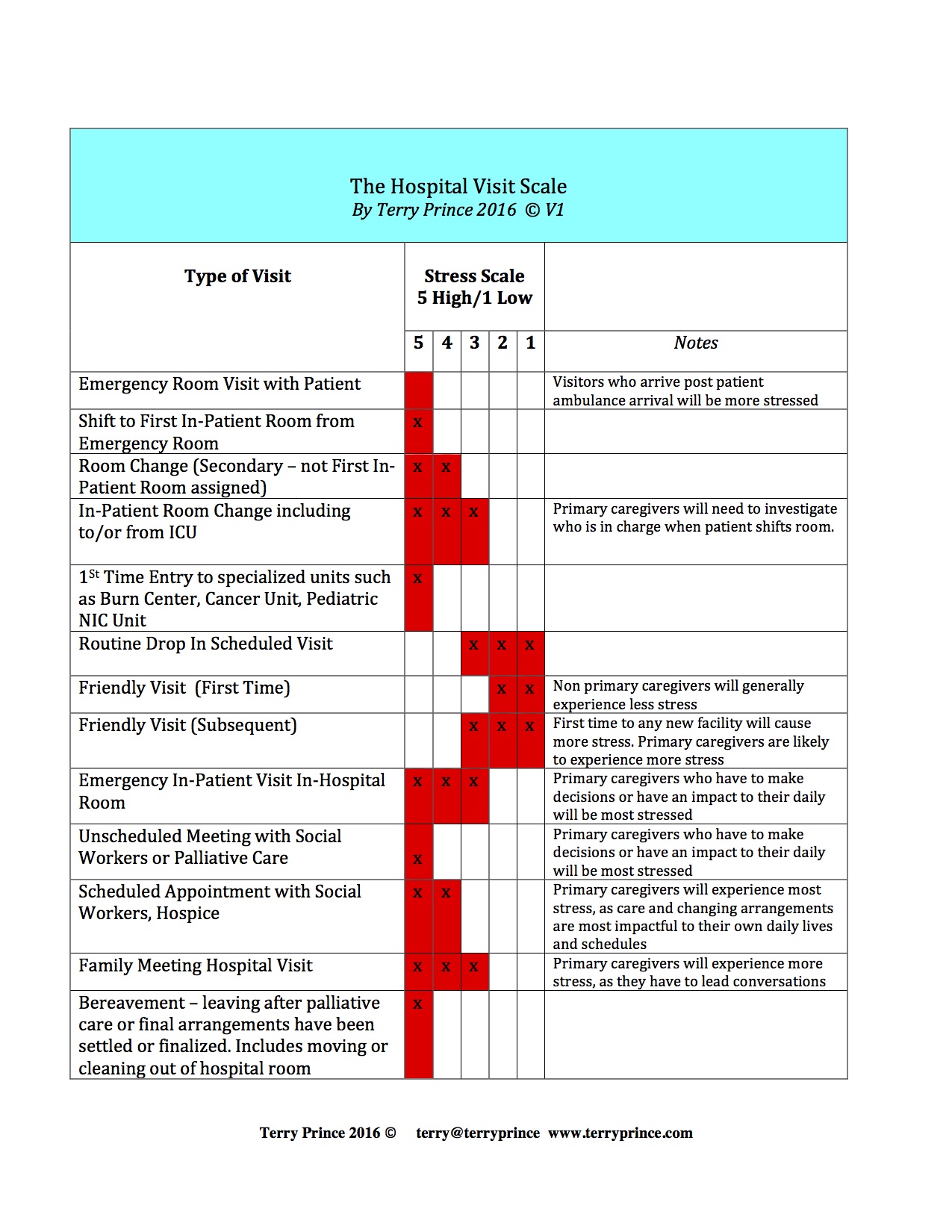I have been thinking about how our client’s core identities and metrics are important in our professional discussions and understanding of client patterns and types. Knowing what some of the basic client components are, will in turn be useful in seeking solutions or strategies.
Core Identities
Our clients will fit in what I like to call Core Identities.1
Sex, Age, Marital Status, Domicile, Clutter Hoarding Scale, Relevant Life Stages, Medical Status. Pets, Other Interested parties

Here is the “why” of the utilization:
Sex – Communication styles usually vary depending on the preferred sex or gender of the client.
Age – Contact methods may differ depending on technological understanding and preferences. More senior clients may be less able to bend, stretch and lift. They may have visual or hearing concerns. Sensory decline increases clutter.
Marital Status – This helps you to consider legal rights of property items within a dwelling. Does your client have the right to dispose of the spouse’s or domestic partners possessions in the mist of a divorce or separation?
Clutter Hoarding Scale2 – This is useful in discussing environmental situations and concerns.
Domicile – This is best described by utilizing the amount of rooms, square footage, levels of a home, type of household. Example – 2,000 square foot, one story, 3 bed, 2 bath home with fenced back yard with one shed and attached garage. It may help to think about a real estate listing for describing the dwelling. You can also consider which of the Seven Types of Households3you are to be working in.
Relevant Life Stage(s) – The Life Stage Scale4 is a useful tool in determining where a person is in terms of possession acquisition and disposal.
Medical Status – Knowing any current medical or mental health issues affecting the client or client’s household members will be useful in selecting communication and organizing techniques. Note – this is for more experienced professional organizers who have been receiving education and training through the Institute for Challenging Disorganization, ICD.5
Pets – Household pets require “living/sleeping spaces”, food storage and equipment. Understanding this component is part of the project is useful. It also helps to know if the household pet quantity exceeds code local code enforcement requirements.
Other Interested Parties – This might include local code enforcement, a conservator, adult child of an elderly/senior adult residing outside of the dwelling.
Facts about your clients at the onset and through the progression of work will help you develop and utilize the best strategies and techniques
Terry Prince, CPO-CD
Metrics
The definition of metrics – metrics are a means of measurements, or the result of something obtained by this.6
Sometimes portions of your client’s core identity will change. This change is likely to have some effect on your work process, style and the client’s backsliding. Examples of this are: adding a family member or pet to the home, remodeling to add an extra bedroom or bathroom, an adult could suddenly become under the care of an adult child or move into an assisted living complex. Emerging or changing medical conditions will also affect your work.
I will discuss more on Metrics in a blog post later this year. Be sure to check back for some interesting reading.
Having these facts about your clients at the onset and through the progression of work will help you develop and utilize the best strategies and techniques.
- First used in ICD Case Study Discussion February 2010 developed by Terry Prince, CPO-CD
- The ICD Clutter Hoarding Scale co-developed by Terry Prince in 2004
- Seven Types of Residential Households developed by Terry Prince 2010. See Slide Share Presentation page 4 for more specific information on seven types of households.
- Life Stage Scale 2010 by Terry Prince, CPO-CD
- The Institute for Challenging Disorganization ICD
- Oxford Languages Dictionary on Google” Metrics” definition online retrieved on 3/23/2023



